In today's fast-paced world, the Internet of Things (IoT) has emerged as a transformative force across various industries. One sector that stands to benefit immensely from IoT is transportation. This article delves into the significance of IoT in transportation, exploring its impact, benefits, and future prospects.
- Enhancing Efficiency and Safety:
IoT technology enables real-time monitoring and data collection, revolutionizing transportation systems' efficiency and safety. By integrating IoT devices into vehicles, traffic management systems, and infrastructure, transportation stakeholders can gather valuable insights to optimize routes, reduce congestion, and enhance overall operational efficiency. Moreover, IoT-powered sensors can detect potential hazards, monitor vehicle conditions, and alert drivers and maintenance teams, thereby improving safety standards. - Smart Fleet Management:
IoT plays a pivotal role in fleet management, enabling companies to monitor and manage their vehicles more effectively. By equipping vehicles with IoT devices, fleet managers can track real-time location, fuel consumption, engine performance, and maintenance needs. This data empowers them to optimize routes, reduce fuel costs, schedule maintenance proactively, and ensure compliance with regulations. Consequently, companies can achieve significant cost savings, minimize downtime, and enhance customer satisfaction. - Intelligent Infrastructure:
IoT facilitates the development of intelligent transportation systems by integrating vehicles, infrastructure, and traffic management systems. Smart traffic lights, for instance, can adjust signal timings based on real-time traffic conditions, reducing congestion and improving traffic flow. Additionally, IoT-enabled parking systems can guide drivers to available parking spaces, reducing search time and traffic congestion. Such intelligent infrastructure not only enhances efficiency but also contributes to reducing carbon emissions and promoting sustainable transportation. - Data-Driven Decision Making:
The vast amount of data generated by IoT devices in transportation presents an opportunity for data-driven decision making. By analyzing real-time and historical data, transportation authorities can identify patterns, predict demand, and optimize resource allocation. This enables proactive planning, efficient resource utilization, and the ability to respond swiftly to changing circumstances. Moreover, sharing anonymized data with researchers and policymakers can lead to evidence-based policy formulation and infrastructure development. - Future Prospects:
The future of IoT in transportation holds immense potential. With the advent of autonomous vehicles, IoT will play a crucial role in enabling seamless communication between vehicles, infrastructure, and pedestrians. This will enhance safety, reduce accidents, and pave the way for efficient traffic management. Furthermore, IoT-powered transportation systems will integrate with emerging technologies like artificial intelligence and blockchain, unlocking new possibilities for smart mobility, logistics, and supply chain management.
Conclusion:
The integration of IoT in transportation is revolutionizing the way we move people and goods. From enhancing efficiency and safety to enabling data-driven decision making, IoT is reshaping the transportation landscape. Embracing IoT technologies will not only optimize existing systems but also pave the way for a future where transportation is safer, greener, and more connected than ever before.

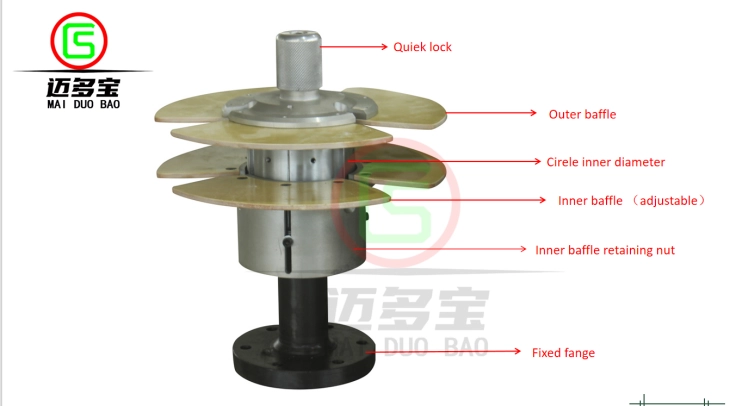

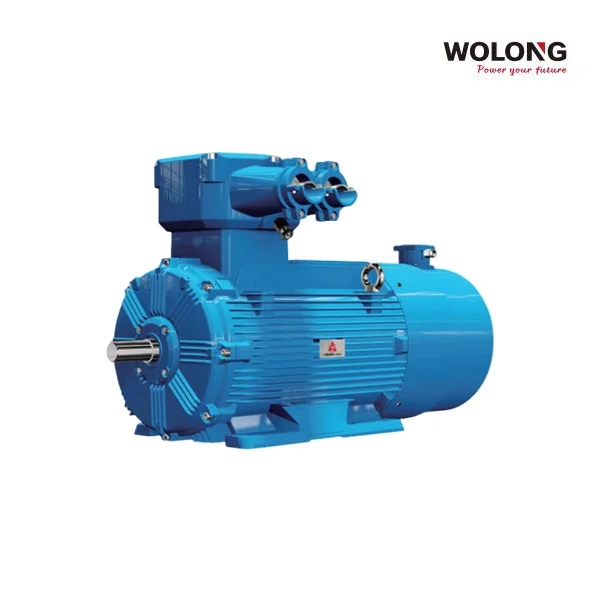


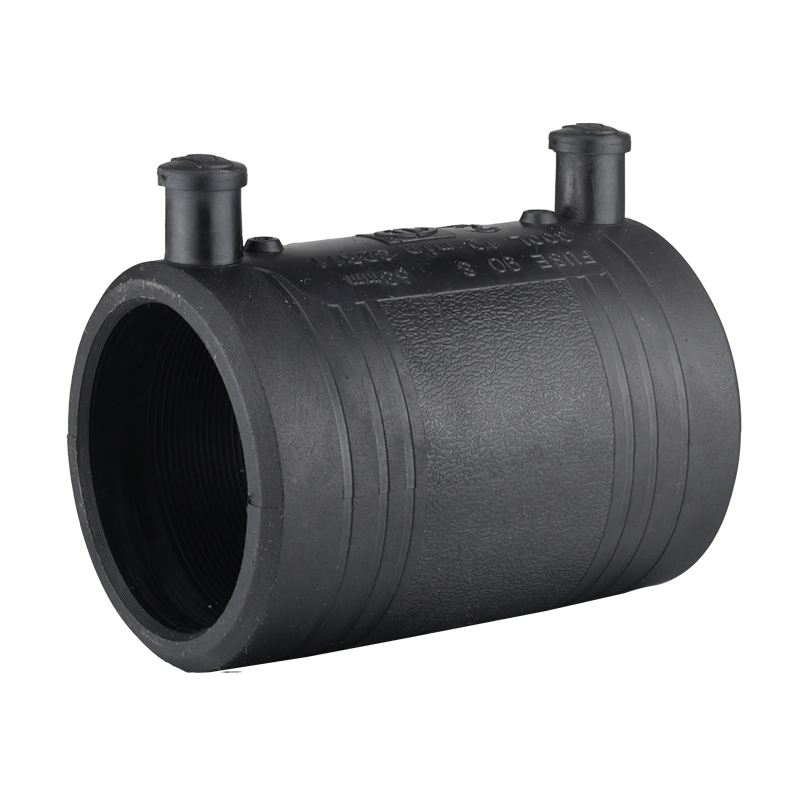
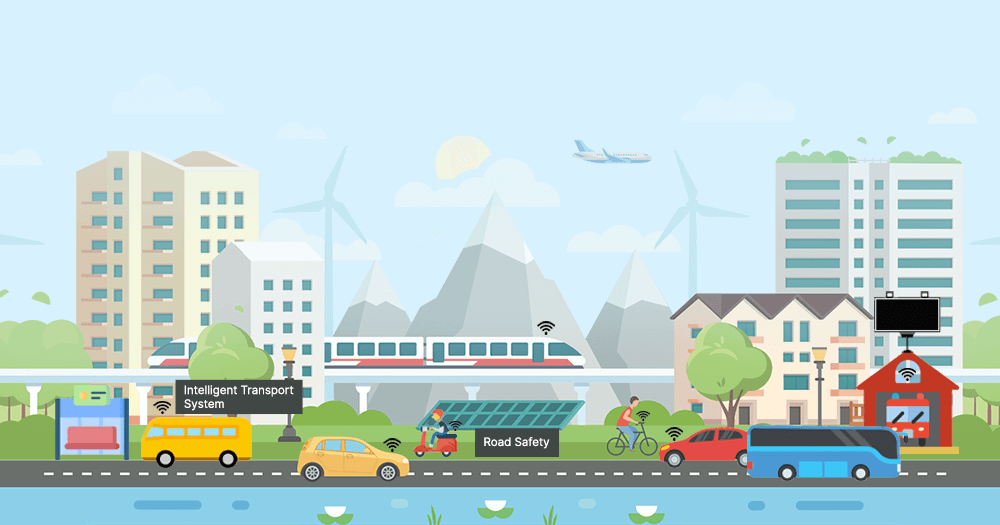
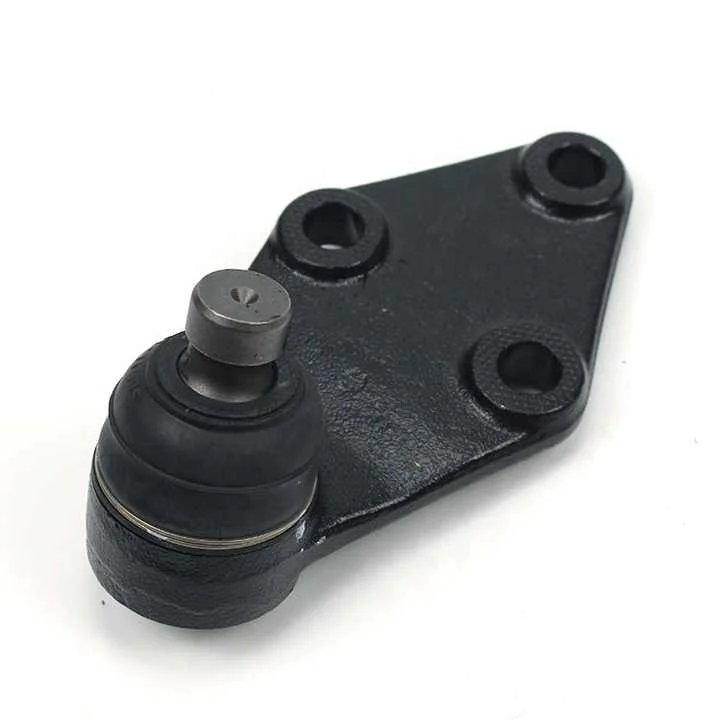
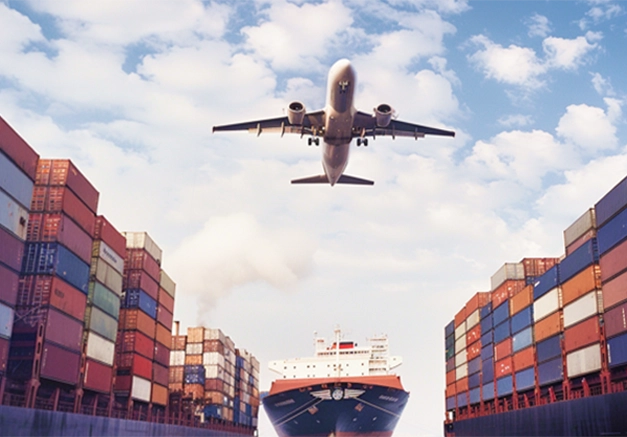
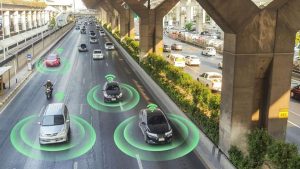

+ There are no comments
Add yours